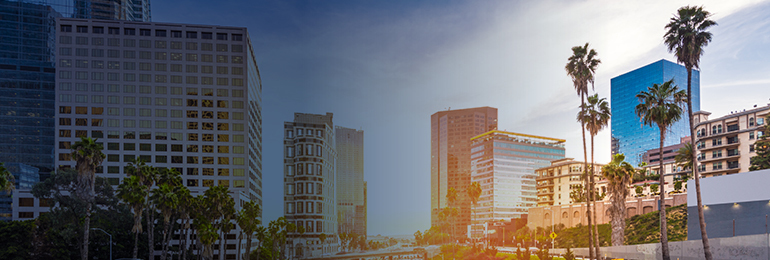News & Insights
Legal Alert

California is First in Nation to Adopt "Green" Building Code
Legal Alert
7.21.08
On July 17, 2008, under the direction of Governor Schwarzenegger, the California Building Standards Commission adopted the nation's first statewide "green" building code. A press release from the Governor's office states that "by adopting this first-in-the-nation statewide green building code, California is again leading the way to fight climate change and protect the environment." The code is expected to lead to improved energy efficiency and reduced water consumption in all new construction throughout the state, while also reducing the carbon footprint of every new structure in California. Commission Chair Rosario Marin commended the Commission and stated that the code is a result of "bringing everyone to the table" including representatives of the construction and building trades industry, environmental groups, and labor organizations to "achieve something no other state has been able to."
The most recent version of the code is available on the Commission's website (www.bsc.ca.gov).
The final version of the code will be published in the California Code of Regulations, Title 24, Part 11. Unless otherwise provided for by the Commission, the code will be effective 180 days after such publication.
The code applies to the plans and specifications for, and the construction of, all buildings in the state for which applications for building permits are submitted after the code is effective. Standards are included for single-family homes, state buildings, heath facilities and commercial buildings. The code includes both mandatory and optional requirements. Many of the optional requirements concern residential building and will become mandatory in the 2010 edition of the code. The requirements that will be mandatory in 2010 relate to planning and design, energy efficiency of the building, air sealing of the building, water efficiency and conservation, material conservation and resource efficiency, and indoor environmental quality.
The code includes application checklists that, depending on the type of project, must be filled out and submitted to the appropriate state or local agency. Cities and counties may make appropriate adjustments to the code which are necessary due to local climactic, geological or topographical conditions.
Implementation of the code will likely result in an increase in the overall cost of construction. However, many developers are already incorporating "green" features in their projects to minimize regulatory risk and climate change litigation risk. To manage these building costs and risks effectively, all consultants and contractors on the development team must be familiar with the requirements of the code and the materials that are suggested to be used.
Please contact us for more information on the California Green Building Standards Code and climate change analysis requirements as they relate to your project.
Author
Partner
Allen Matkins Leck Gamble Mallory & Natsis LLP. All Rights Reserved.
This publication is made available by Allen Matkins Leck Gamble Mallory & Natsis LLP for educational purposes only to convey general information and a general understanding of the law, not to provide specific legal advice. By using this website you acknowledge there is no attorney client relationship between you and Allen Matkins Leck Gamble Mallory & Natsis LLP. This publication should not be used as a substitute for competent legal advice from a licensed professional attorney applied to your circumstances. Attorney advertising. Prior results do not guarantee a similar outcome. Full Disclaimer




